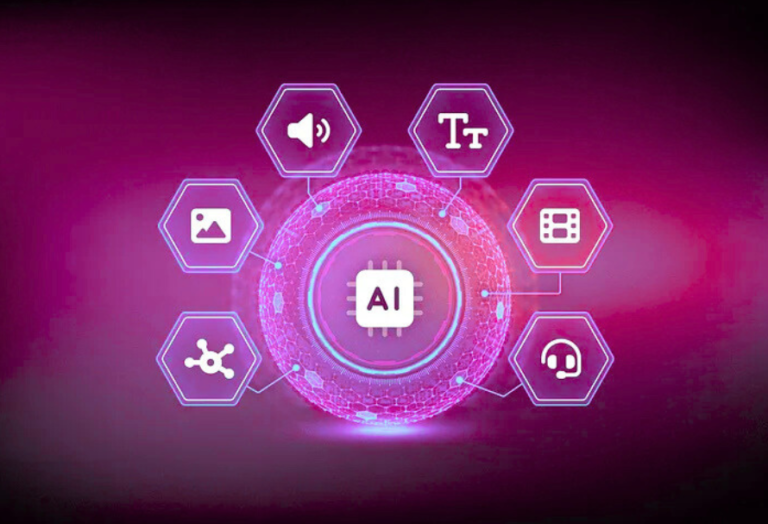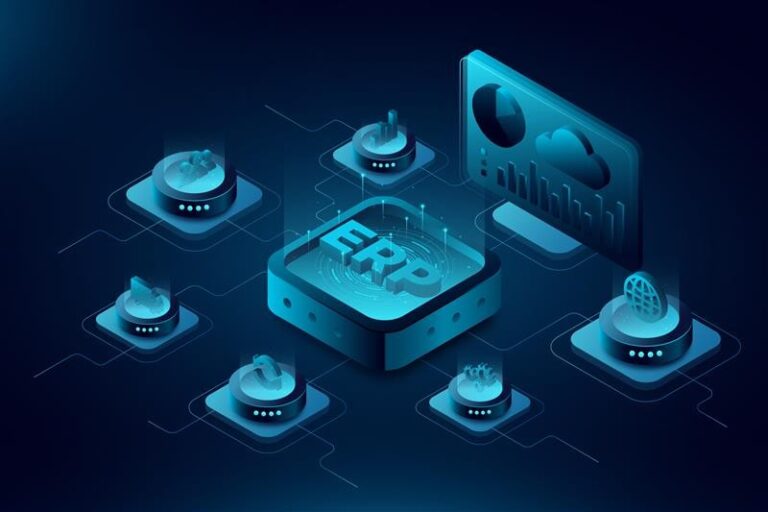Business Intelligence and Data Analytics
Understanding Business Intelligence and Data Analytics
In today’s data-driven world, businesses are constantly looking for ways to make smarter, faster decisions. Two key approaches that help organizations achieve this are Business Intelligence (BI) and Data Analytics. While closely related, each serves a unique purpose in turning raw data into actionable insights.

What is Business Intelligence?
Business Intelligence refers to the tools, technologies, and processes that organizations use to collect, analyze, and visualize data. The ultimate aim of BI is to provide clear insights that help improve business decision-making. By transforming raw data into meaningful information, BI helps companies identify trends, track performance, and uncover opportunities for growth.
Key Components of Business Intelligence:
- Data Collection: Gathering information from multiple sources such as internal systems, external databases, and live data streams.
- Data Warehousing: Centralizing data in a structured repository to ensure it’s organized and easily accessible.
- Data Analysis: Examining datasets using BI tools to uncover patterns, trends, and actionable insights.
- Data Visualization: Converting complex data into visual formats like charts, graphs, and dashboards for easier interpretation.
- Reporting: Creating reports that summarize business performance and guide strategic decisions.
- Dashboards: Interactive platforms that allow real-time monitoring of KPIs and operational health.
- Business Performance Management (BPM): Aligning BI with corporate strategies to improve overall performance.
- Self-Service BI: Modern BI tools empower teams to access and analyze data without depending solely on IT, fostering faster decision-making.
- Predictive Insights: Some BI platforms include predictive features to forecast trends, customer behavior, or sales growth.
Real-World Applications of Business Intelligence:
- Sales Performance: BI helps sales teams track performance across regions and products. Leaders can identify top sellers, forecast future sales, and refine marketing campaigns.
- Financial Analytics: Tools consolidate revenue, expenses, and other financial data into dashboards, enabling clear insight into financial health. For instance, Modern Restaurant Concepts uses BI to compare sales vs forecasts, streamline budgeting, and improve goal-setting.
- Supply Chain Optimization: Companies monitor inventory, production, and logistics to cut costs and improve efficiency. Fabuwood, for example, uses BI to make data-driven decisions about product lines and manufacturing workflows.
- Customer Insights: BI helps businesses understand customer behavior, preferences, and buying patterns, which aids in personalized marketing strategies.
- Operational Efficiency: Organizations can monitor processes, detect bottlenecks, and implement improvements to reduce waste and enhance productivity.
What is Data Analytics?
While BI focuses on presenting insights about what’s happening, Data Analytics digs deeper into why things happen and what might happen next. It’s the process of examining raw data to detect patterns, make predictions, and guide informed decisions.
Key Components of Data Analytics:
- Data Collection: Gathering structured, unstructured, and semi-structured data from multiple sources.
- Data Cleaning and Preprocessing: Ensuring the data is accurate and consistent by handling missing values, outliers, and inconsistencies.
- Exploratory Data Analysis (EDA): Understanding the data through statistical summaries, visualizations, and trend identification.
- Data Modeling: Using machine learning or statistical models to make predictions or classify data.
- Data Visualization: Presenting analytical results visually for easier comprehension.
- Interpretation and Communication: Translating technical findings into actionable insights for decision-makers using storytelling techniques.
- Real-Time Analytics: Some analytics systems provide insights instantly, allowing businesses to respond immediately to changing conditions.
- Advanced Analytics: Techniques such as predictive, prescriptive, and diagnostic analytics help organizations forecast outcomes and recommend actions.
Real-World Applications of Data Analytics:
- Predictive Maintenance in Manufacturing: Analyzing sensor data to forecast machine failures, reducing downtime and saving costs.
- Social Media Sentiment Analysis: Understanding customer opinions and adjusting marketing strategies in real time.
- Fraud Detection in Finance: Using patterns in historical transaction data to detect and prevent fraudulent activity.
- Healthcare Analytics: Hospitals use data analytics to predict patient admissions, optimize resource allocation, and improve patient care.
- Retail Analytics: Retailers analyze purchasing patterns to optimize inventory, plan promotions, and enhance customer experiences.
- Energy and Utilities: Analytics help in forecasting energy demand, optimizing grid performance, and reducing operational costs.
How Business intelligence and Data Analytics Work Together
While BI provides a snapshot of current performance, data analytics dives deeper into trends, patterns, and predictions. Together, they enable organizations to:
- Make smarter, evidence-based decisions.
- Identify risks and opportunities faster.
- Optimize operations and resource allocation.
- Understand customer behavior and improve engagement.
- Drive growth and maintain a competitive advantage.
Source Links:




